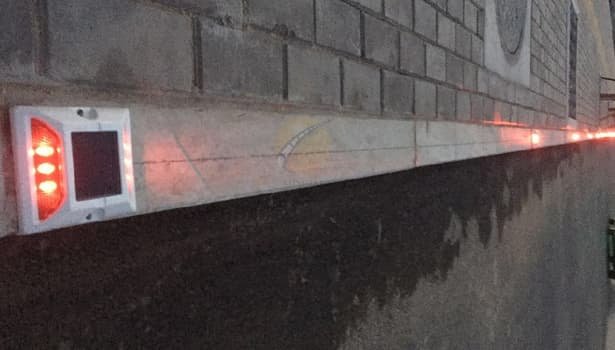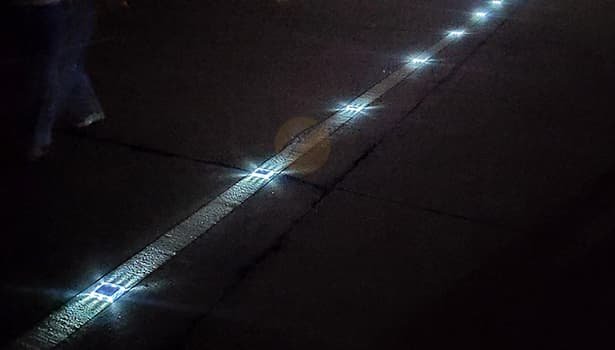The removal of road studs in many areas can be attributed to a variety of reasons, each influenced by technological advancements, changes in infrastructure, maintenance challenges, safety concerns, and environmental considerations. Here’s a deeper look into the reasons behind the phenomenon of road stud removal:
Technological and Infrastructure Evolution

- Advanced Technologies: As road safety technology advances, traditional road studs are often replaced by more sophisticated options like solar road studs or LED markers. These provide better visibility and durability, especially under adverse weather conditions or during nighttime.
- Road Resurfacing and Upgrades: During major roadworks such as resurfacing or expanding, road studs might be removed. Often, they are replaced post-construction, but sometimes they are substituted with different traffic management systems or marking techniques that do not involve traditional studs.
Environmental and Climatic Factors
- Climate Impact: In areas with severe weather conditions, road studs can suffer from frequent damage due to freeze-thaw cycles, or can be obscured by snow and heavy rain, reducing their effectiveness.
- Environmental Concerns: The materials used in some traditional road studs might not be environmentally friendly. With growing environmental awareness, there is a shift towards using more sustainable materials in road construction and maintenance.
Maintenance and Economic Considerations

- High Maintenance Costs: Road studs require regular maintenance to keep them functional. This can be costly and labor-intensive, leading to considerations for more durable or cost-effective solutions.
- Damage and Durability Issues: Road studs can be damaged by passing vehicles, particularly in high-traffic areas, leading to frequent replacements and increased maintenance costs.
Safety Concerns
- Hazardous When Damaged: Damaged or dislodged road studs can pose significant safety risks to vehicles, potentially causing accidents.
- Ineffectiveness in Modern Traffic Conditions: As traffic patterns and volumes evolve, the effectiveness of traditional road studs in managing traffic and ensuring safety might decrease, prompting the need for modern solutions.
Regulatory and Policy Changes
- New Traffic Regulations: Changes in traffic safety regulations might favor newer, more advanced road safety technologies over traditional road studs.
- Urban Aesthetic and Design Considerations: In urban settings, the preference might shift towards smoother, less cluttered road surfaces, influencing the decision to remove road studs.
Advancements in Alternative Technologies
- Improved Road Marking Materials: New materials like thermoplastic markings, which are highly reflective and durable, are becoming popular alternatives to traditional studs.
- Integration with Smart Traffic Systems: With the advent of smart cities, road safety systems are increasingly integrated with real-time data and connectivity, reducing the need for physical road studs.
Conclusion
The removal of road studs reflects ongoing changes and advancements in road safety and infrastructure management. While they have served an important function, the evolution towards more advanced, durable, and cost-effective solutions continues to shape the landscape of road safety. As technology progresses, it is likely that we will see an increase in innovative solutions that enhance traffic management and safety with greater efficiency and reduced environmental impact.

